- дом
- Инверторы низкого напряжения
- Solution of under-voltage fault
Fault Name:
AC70 low-power frequency inverter cannot drive the high-power motor to run even without any load.
Fault Symptom:
2.2KW frequency inverter starts to run in VF control mode, 5.5KW motor runs abnormally or even shakes, then it reports overload fault.
Causes:
When doing something which seems beyond your capability, the default torque boost value is too large, and the motor is in an over-excited state during low-speed operation and the protection function works.
Solutions:
Appropriately reduce the torque boost value or use open-loop vector control instead of blindly increasing the torque boost value.
Analysis:
The torque boost function increases the output voltage of the inverter (mainly at low frequencies) to compensate for the output torque loss caused by the voltage drop across the stator resistance, thereby improving the output torque of the motor. To improve the motor's low-speed output torque shortage technique, the use of vector control can make the motor at low speed, such as (without speed sensor) 1Hz (for 4-pole motors, its speed is about 30r/min) when the output torque can reach the torque output of a motor at 50Hz power supply (max. about 150 of rated torque). For the conventional V/F control, the voltage drop of the motor is relatively increased as the motor speed decreases, which results in the motor being unable to obtain sufficient rotational force due to insufficient excitation. In order to compensate for this deficiency, the inverter needs to increase the voltage to compensate for the voltage drop caused by the reduced motor speed. This function of the frequency inverter is called torque boost. The torque boost function is to increase the output voltage of the frequency inverter. However, even if a lot of output voltage is increased, the motor torque cannot be increased corresponding to its current. Because the motor current contains the motor generated torque component and other components (such as excitation components). The vector control assigns the motor's current value to determine the value of the motor current component and other current components (such as the excitation component) that produce the torque. The vector control can be optimized and compensated by the response to the voltage drop at the motor terminal, allowing the motor to produce large torque without increasing the current. This function is also effective for improving the temperature rise of the motor at low speed.
 Global - English
Global - English Spanish - Español
Spanish - Español French - Français
French - Français Russian - Pусский язык
Russian - Pусский язык Chinese - 中文
Chinese - 中文 Korean - 한국어
Korean - 한국어 Vietnamese - Tiếng Việt
Vietnamese - Tiếng Việt
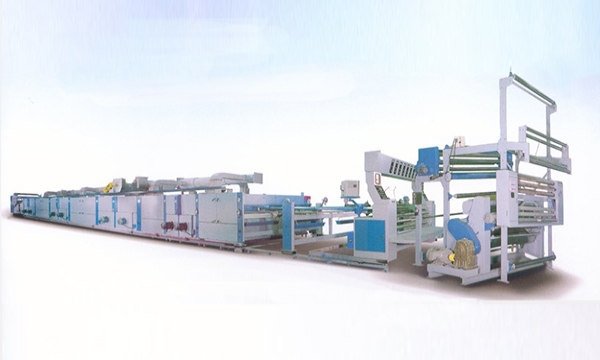

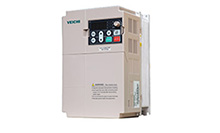
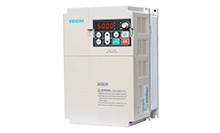

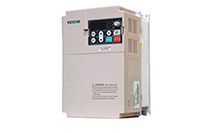
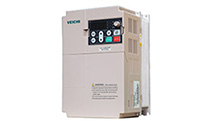


 Оставить сообщение
Оставить сообщение